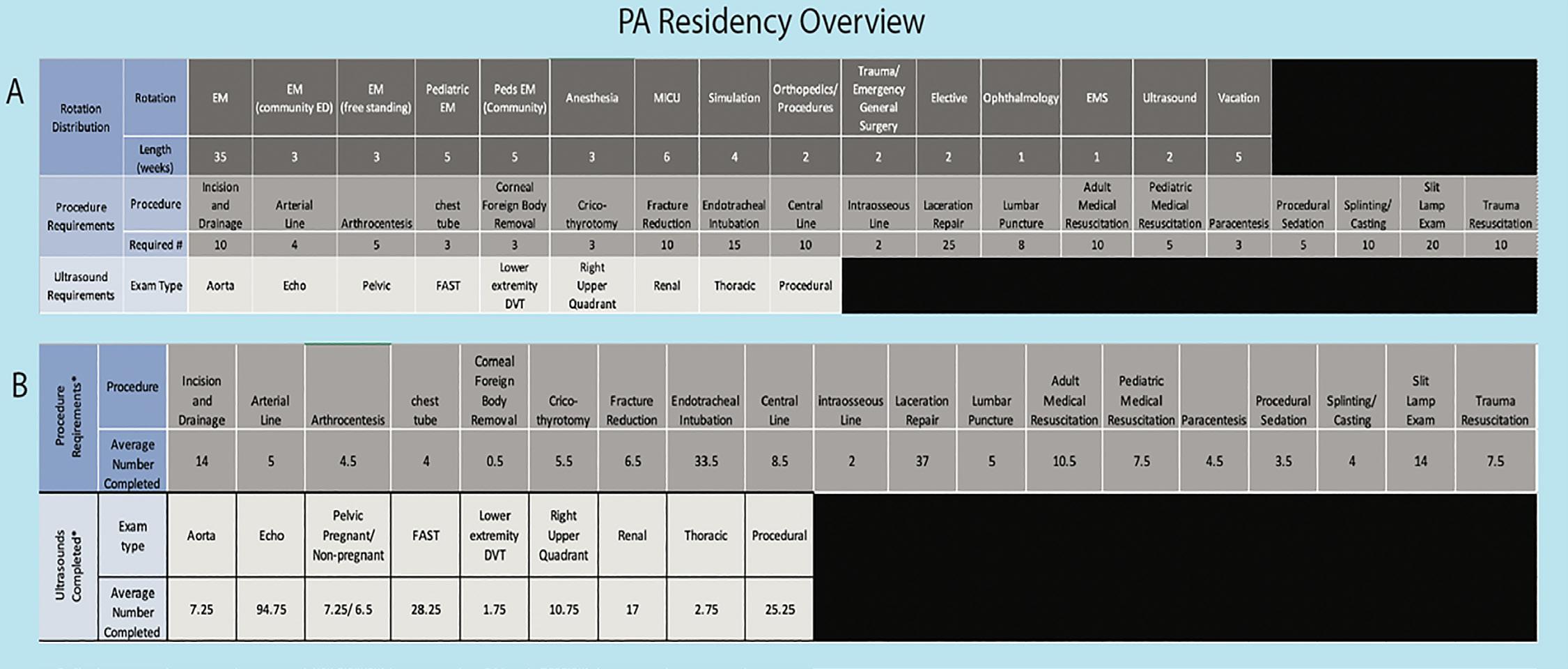Editorial
Making Our Preference Known: Preference Signaling in the Emergency Medicine Residency Application Alexis E. Pelletier-Bui, MD* Benjamin H. Schnapp, MD, MEd† Liza G. Smith, MD‡ Doug Franzen, MD§ Elizabeth Barrall Werley, MD¶ Erin McDonough, MD|| Melanie Camejo, MD, MHPE#
*Cooper Medical School of Rowan University, Department of Emergency Medicine, Camden, New Jersey † University of Wisconsin School of Medicine and Public Health, Department of Emergency Medicine, Madison, Wisconsin ‡ University of Massachusetts Medical School – Baystate, Department of Emergency Medicine, Springfield, Massachusetts § University of Washington Medical School, Department of Emergency Medicine, Seattle, Washington ¶ Penn State Health Milton S. Hershey Medical Center, Department of Emergency Medicine, Hershey, Pennsylvania || University of Cincinnati College of Medicine, Department of Emergency Medicine, Cincinnati, Ohio # University of Missouri – Kansas City/Truman Medical Center, Department of Emergency Medicine, Kansas City, Missouri
Section Editor: Jeffrey Love, MD and Danielle Hart, MD Submission history: Submitted July 1, 2021; Revision received October 29, 2021; Accepted October 28, 2021 Electronically published December 17, 2021 Full text available through open access at http://escholarship.org/uc/uciem_westjem DOI: 10.5811/westjem.2021.10.53996
[West J Emerg Med. 2022;23(1)72–75.]
The number of applications to individual emergency medicine (EM) residency programs has markedly increased over the past decade.1-3 As a result, residency programs have difficulty reviewing applications holistically and struggle to identify applicants who are truly interested in their program. These challenges were exacerbated by the COVID-19 pandemic: programs received more applications; and awayrotation restrictions limited EM applicants’ ability to express, and programs to identify, interest in a residency program or geographic region.2 Additionally, the Association of American Medical Colleges reported a concern for maldistribution of interview offers to the highest tier applicants, leaving other wellqualified students with a paucity of interviews – a trend that would threaten the success of the Match for all stakeholders.4 The graduate medical education community has made several proposals and implemented innovations in the residency application process in an attempt to help programs identify best fit applicants with the highest likelihood of matching into their program. Some of these innovations, such as the Standardized Video Interview in EM and the required secondary application essay in otolaryngology (ENT), proved ineffective.5,6 Other practices, such as application filter use, increasing costs per application, implementing caps on applications or interviews, and early or phased cycle matches potentially exacerbate existing inequities for applicants, particularly those who are under-represented in medicine, Western Journal of Emergency Medicine
financially disadvantaged, or lacking mentorship.7-9 One new innovation, preference signaling (PS), has the potential to be fair and equitable for all applicants as well as low cost and low effort for both residency programs and applicants alike. Preference signaling is a concept rooted in game theory and developed in labor economics to address the challenge of employers not being able to perform a detailed analysis of all potential applicants and aiding them with identifying high-yield employee prospects. Preference signaling allows applicants to assign virtual “tokens’’ to their most desired employers, providing applicants the opportunity to communicate their interest, and employers the ability to focus their attention on these most “serious” applicants.10 While used by the American Economic Association since 2006, PS only recently gained attention in the residency application process. It was first proposed in the orthopedics and ENT literature in 2017 and 2018, respectively, followed by a promising computer simulation model by ENT in 2019, and implementation by ENT during the 2020-2021 application season.11-14 During the 2020-2021 application season, each applicant to ENT was able to assign five allotted tokens to desired programs via the Otolaryngology Program Directors Organization (OPDO) website over a two-week period, after which their list was finalized. The OPDO then distributed the lists to individual programs on the same day that the Electronic Residency Application Service (ERAS) opened for 72
Volume 23, no. 1: January 2022













